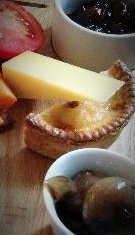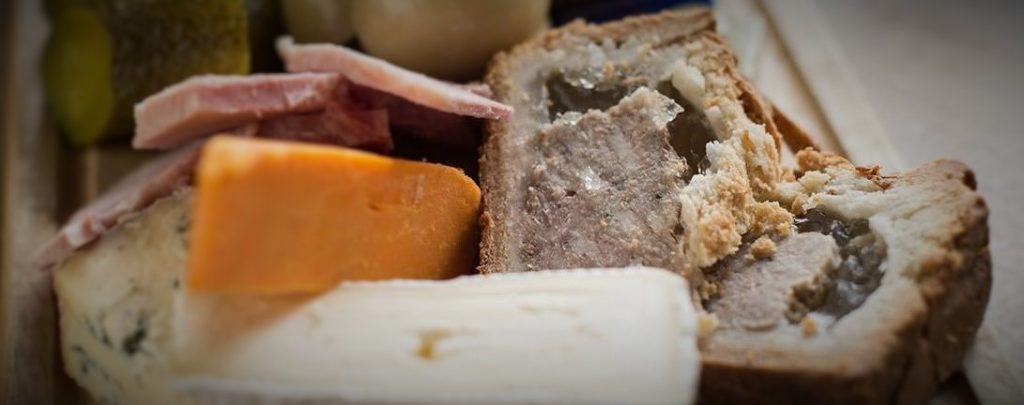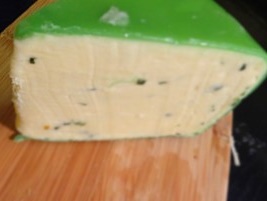 Some days you just need pickled onions, cheese and some pork pie! It’s so quintessentially pub food in the UK and yet it is something that has been terribly bastardized by the “gastronomification” of food in pubs.
Some days you just need pickled onions, cheese and some pork pie! It’s so quintessentially pub food in the UK and yet it is something that has been terribly bastardized by the “gastronomification” of food in pubs.
My first memorable brush with a ploughman’s lunch was back in around 1980, though it may have been even further back than that. When presented with a choice of foods on the menu, I would choose something with a little variety and the ploughman’s was just that.
A hunk of rustic bread, butter, some pickled onions and gherkins, some Branston pickle and half a pork pie and a bit of fruit – usually sliced apple – a nice tart green apple in particular!
If you were lucky you got a boiled egg or a scotch egg or some sliced ham instead of pork pie.
If the place fancied itself a little more exotic you would get some celery, some cured meats like salami or prosciutto, olives and perhaps even some piccalilli.

In the end there’s no particularly right or wrong kind of a ploughman’s as long as there’s at least two cheeses, some pickles and some meat of some sort.
Wash it all down with a pint of lager, cider or a shandy if you want to appear to be on duty.
Today I was simply in the mood and was looking for detergent when I passed by the ‘manager’s specials’ and spied a nice Melton Mowbray and some Tintern cheese. Now I have never knowingly bought this cheese before but it was on special and I am always a sucker for a special.
Get home, tuck into the Melton Mowbray and cut open the Tintern. Hmmmm it is really dense. There’s this creamy ‘processedness’ about it that reminds me of canned cheese. I am not a fan of processed cheese unless it comes in a cheese triangle and since I know and have seen it made, I have some sense of what is going on there. This Tintern is something else though and worthy of some research.
You can spot a Tintern or Tyndryn as it is known to the Welsh, by its green plastic waxy shell – it comes in 2.25kg wheels. They call it wax but I am told it is a special type of plastic…
 Billed as a rich creamy Monmouthshire cheddar blended with chives and shallots. It is the creation of Abergavenny Fine Foods. The name comes from the Cistercian abbey of Tintern. One of the greatest monastic ruins of Wales. It takes its name from the village of Tintern itself because the White Monks who used to inhabit Tintern Abbey apparently farmed shallots in the abbey gardens.
Billed as a rich creamy Monmouthshire cheddar blended with chives and shallots. It is the creation of Abergavenny Fine Foods. The name comes from the Cistercian abbey of Tintern. One of the greatest monastic ruins of Wales. It takes its name from the village of Tintern itself because the White Monks who used to inhabit Tintern Abbey apparently farmed shallots in the abbey gardens.
Chilled, it is a little sticky, and doesn’t cut so easily, it’s best left to settle, with your pork pie, at room temperature for a bit. I am not sure how you could grate it unless you freeze it which will change its consistency but I could see it being easily used as an alternative to a blue cheese like Roquefort or in a soup.
It retails here for about £9 at most supermarkets a kilo but you can pick it up in the US at Trader Joe’s and likely also at Kroger’s and QFC and anywhere where you find imported cheese. Ask for it by name!